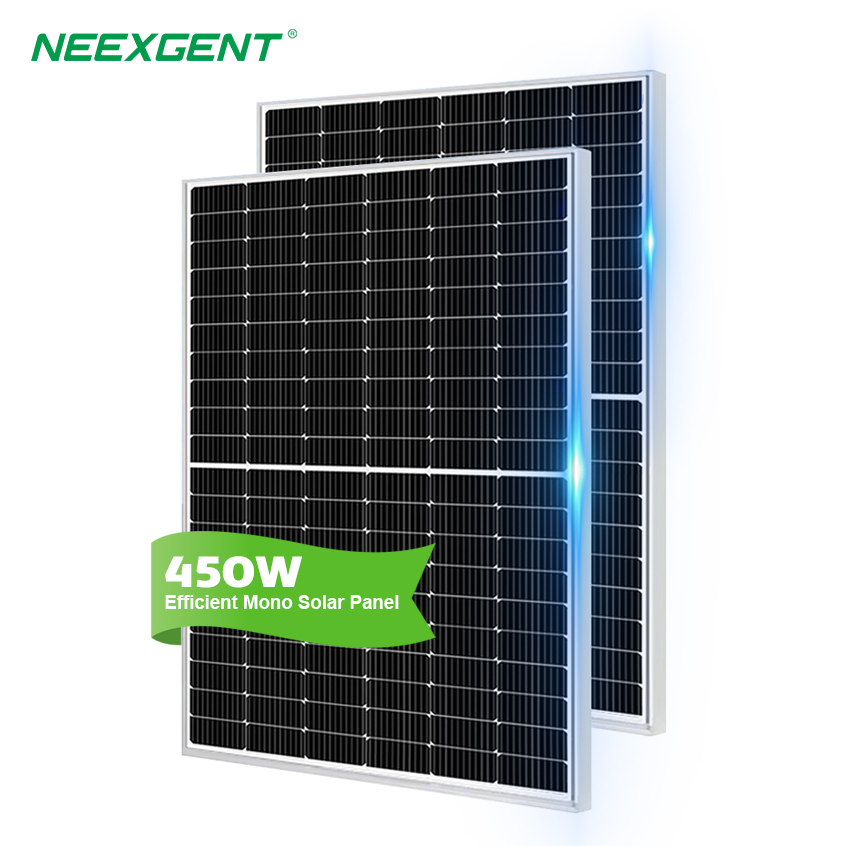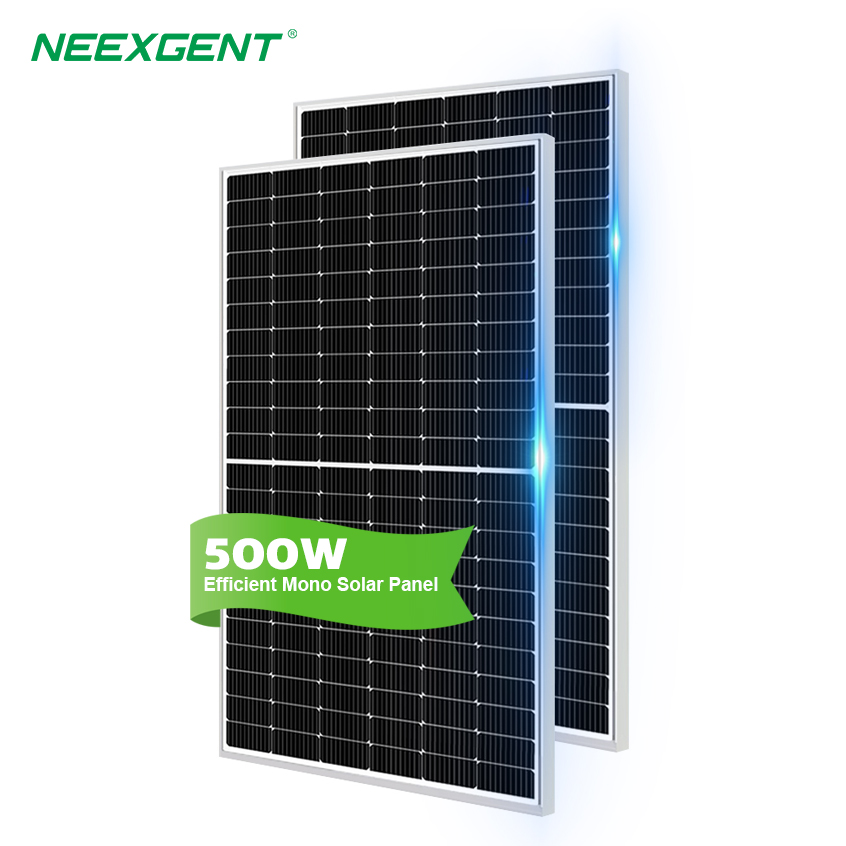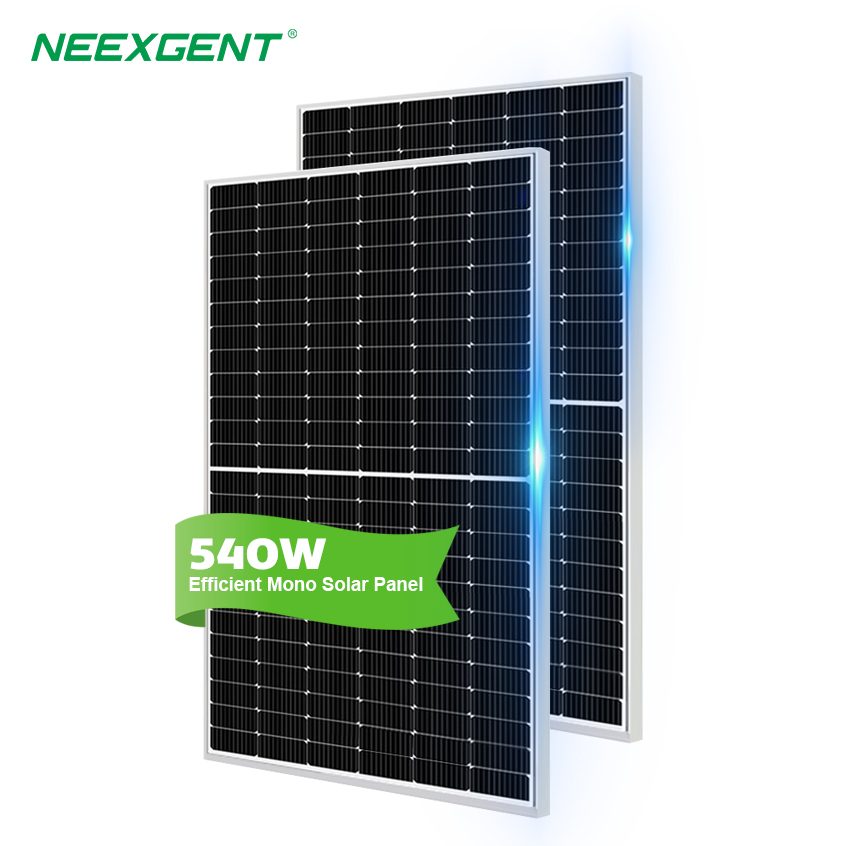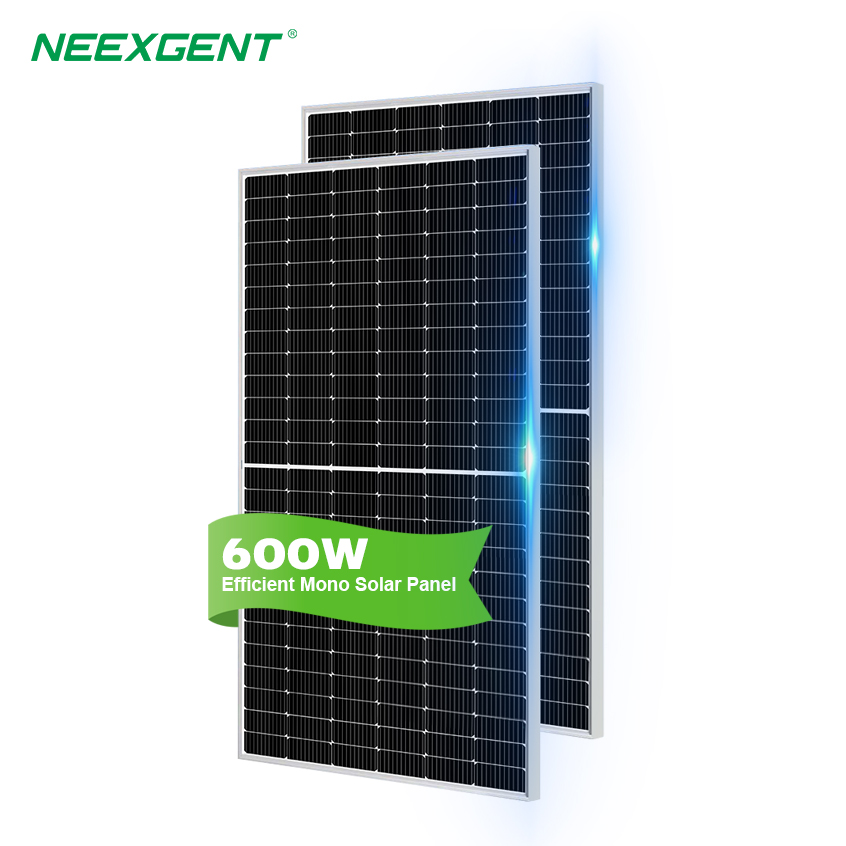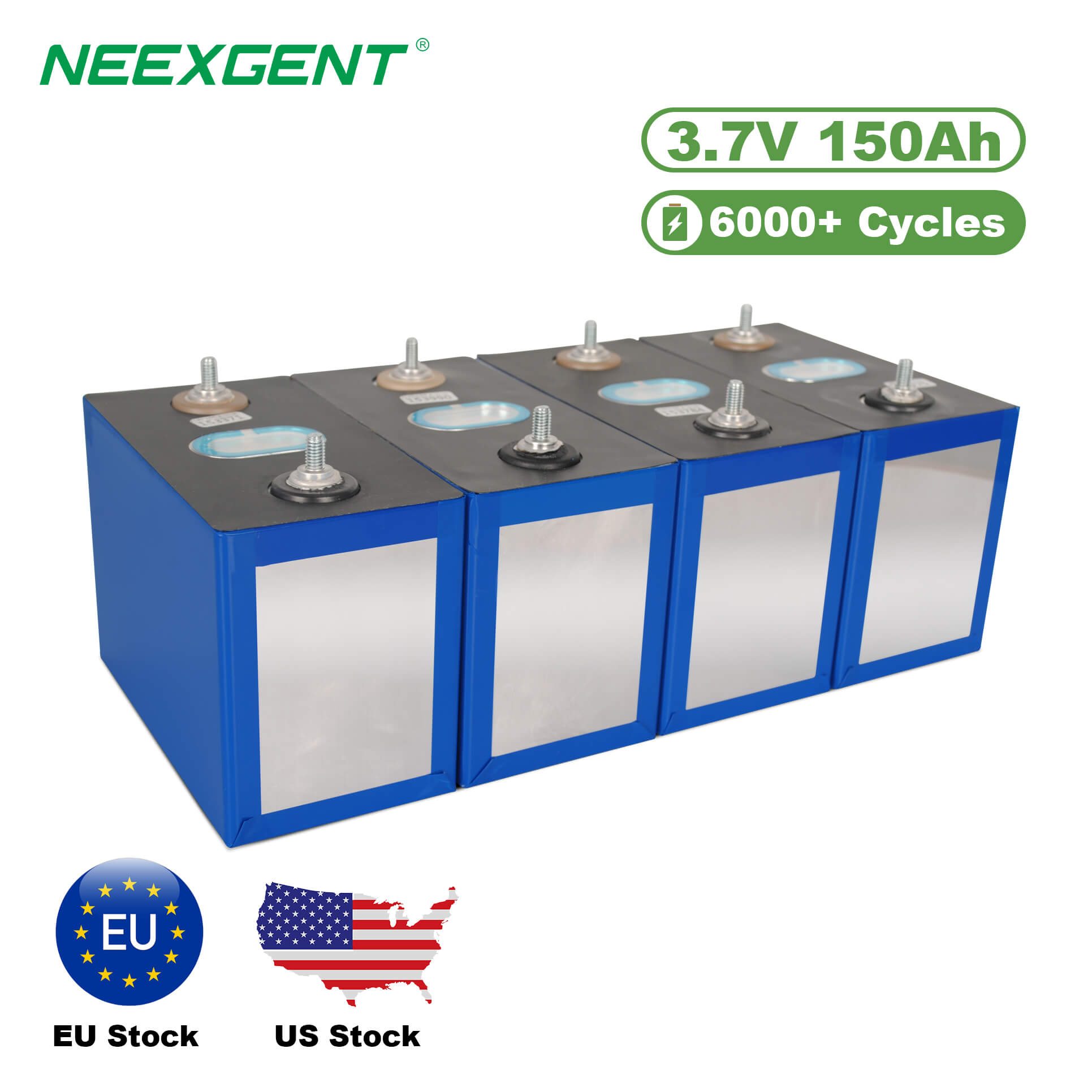Contents:
In 2025, the solar energy market continues to grow exponentially, offering various options for inverters—the heart of a solar power system. Selecting the right solar inverter is crucial for maximizing efficiency, ensuring system compatibility, and meeting long-term energy needs. Below is a detailed guide to help you make an informed decision.
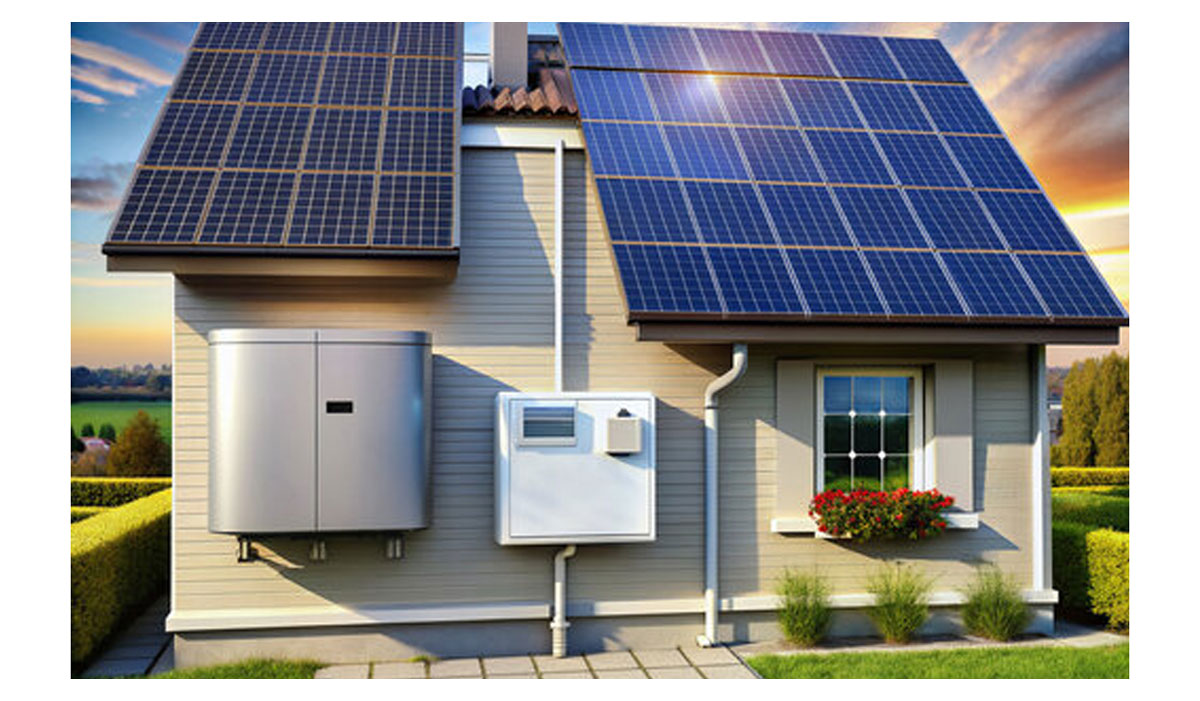
Understand the Types of Solar Inverters
Solar inverters are broadly categorized into three types:
-
String Inverters: Best suited for small- to medium-sized installations, string inverters connect multiple solar panels in a series. They are cost-effective but may suffer efficiency losses if a single panel is shaded.
-
Microinverters: Installed on each solar panel, these are ideal for systems prone to shading or with panels oriented in different directions. Microinverters optimize the output of each panel, improving overall efficiency.
-
Hybrid Inverters: Combining the functions of a solar inverter and battery inverter, hybrid inverters are designed for systems with energy storage, offering flexibility for grid-tied and off-grid systems.
Evaluate Power Rating and Efficiency
Choose an inverter with a power rating matching your system's capacity.
-
Power Rating: Ensure the inverter’s capacity aligns with your solar array’s output, typically measured in kilowatts (kW). A mismatch can lead to inefficiencies or hardware damage.
-
Efficiency: Look for inverters with high efficiency, preferably above 97%. High-efficiency inverters minimize energy loss during conversion.
Check Compatibility with Solar Panels and Battery Systems
Compatibility is key to seamless operation. Verify the following:
-
Voltage Range: Ensure the inverter supports the voltage range of your solar panels.
-
Battery Compatibility: If using energy storage, opt for inverters compatible with lithium-ion or lead-acid batteries, depending on your setup.
Monitor Smart Features
Modern inverters come with advanced monitoring capabilities:
-
Wi-Fi Connectivity: Allows real-time performance tracking via apps or web portals.
-
Energy Optimization: Some inverters integrate Maximum Power Point Tracking (MPPT) to optimize energy output dynamically.
Assess Durability and Warranty
Since inverters operate continuously, durability is vital:
-
Build Quality: Select models with robust construction, suitable for extreme weather conditions.
-
Warranty: Leading brands offer warranties ranging from 5 to 15 years, ensuring peace of mind for long-term usage.
Regulatory Compliance
Ensure the inverter complies with local grid standards and safety certifications, such as:
Consider Cost and Brand Reputation
While cost is important, prioritize quality over cheaper alternatives. Reputable brands offer superior reliability, better customer service, and enhanced features.
Use Case Scenario and Size
Analyze your energy needs:
-
Residential Systems: Compact string or microinverters are typically sufficient.
-
Commercial Systems: High-capacity inverters with scalability options are ideal.
-
Off-Grid Systems: Hybrid inverters with battery support are mandatory for consistent energy supply.
Advanced Feature Comparison Using
Compare Inverter Models with a Feature Table
Selecting the right inverter requires comparing key features across different models. Below is an HTML table with alternating light green and white rows for clarity:
| Feature |
String Inverter |
Microinverter |
Hybrid Inverter |
| Cost |
Low |
Moderate |
High |
| Efficiency |
Moderate |
High |
High |
| Shading Performance |
Poor |
Excellent |
Good |
| Battery Compatibility |
No |
No |
Yes |
| Best Use Case |
Residential |
Shaded or Complex Roofs |
Storage Systems |
Factor in Noise Levels
Some solar inverters produce noise, which can be an important consideration for residential installations:
Analyze Scalability Options
If you plan to expand your solar system in the future, ensure the inverter supports:
Research Environmental Impact
As sustainability becomes a priority, consider the environmental impact of the inverter:
Installation and Maintenance Support
Ease of installation and post-purchase support are critical for a hassle-free experience:
-
Certified Installers: Opt for brands that provide access to trained professionals.
-
Remote Troubleshooting: Advanced inverters often support remote diagnostics, reducing downtime and service costs.
By evaluating these factors, you can confidently select a solar inverter tailored to your energy needs and budget.
Warranty and Support Comparison Table
Choosing a solar inverter also requires understanding the warranty terms and support options provided by different manufacturers. Below is an HTML table with alternating light green and white rows to compare common offerings:
| Brand |
Warranty Duration |
Support Availability |
Key Benefits |
| Brand A |
10 Years |
24/7 Customer Support |
Extended warranty plans, onsite service |
| Brand B |
7 Years |
Business Hours Only |
Free software updates |
| Brand C |
15 Years |
24/7 Customer Support |
Remote diagnostics and replacement guarantee |
| Brand D |
5 Years |
Limited Support |
Low-cost replacement options |
Pay Attention to Energy Storage Trends
In 2025, energy storage integration is increasingly important for solar systems. Consider:
-
Expandable Battery Modules: Some hybrid inverters support modular battery systems for scalability.
-
V2G (Vehicle-to-Grid) Support: Advanced inverters now integrate with EVs to enhance energy flexibility.
Local Climate Considerations
Adapt the inverter choice to local conditions:
Return on Investment (ROI) Analysis
Evaluate the financial impact of your inverter choice:
-
Payback Period: Calculate how long it will take to recover your investment based on energy savings.
-
Performance Guarantees: Some manufacturers offer guarantees that ensure a minimum energy yield, enhancing ROI confidence.
Focus on User Reviews and Case Studies
Read customer feedback and explore case studies to assess real-world performance. Look for insights into:
-
Reliability and durability.
-
Ease of installation and use.
-
Post-sales support quality.
Thorough research and attention to these factors will enable you to select a solar inverter that balances performance, cost, and future needs.
Integration with Smart Home Systems
Modern solar inverters often integrate seamlessly with smart home ecosystems. When choosing an inverter:
-
Smart Home Compatibility: Ensure the inverter supports platforms like Alexa, Google Home, or proprietary apps.
-
Energy Management: Some inverters provide real-time energy usage data, enabling you to optimize home energy consumption dynamically.
Choosing the Right Installer
The best inverter is only as good as its installation. When hiring an installer, consider:
-
Certified Expertise: Ensure the installer is certified by the manufacturer for your chosen inverter.
-
Local Knowledge: An experienced local installer can help navigate regional regulations and grid requirements.
-
After-Sales Service: Choose an installer offering robust support for maintenance and troubleshooting.
Visual Appeal and Compact Design
Inverters are no longer just functional devices; aesthetics are increasingly considered:
-
Compact Design: Modern inverters come in sleek designs that save space and blend well with your home environment.
-
Noise Reduction: Silent models add convenience, especially in residential settings.
By carefully evaluating these aspects, you can select a solar inverter that not only meets your immediate energy needs but also adapts to the future, ensuring a long-lasting and efficient solar power system.
FAQs
The size of the inverter depends on the total power output of your solar panels. Typically, the inverter’s capacity should match or slightly exceed the solar array’s peak output in kilowatts (kW). For example, a 5 kW solar array requires a 5 kW inverter.
Yes, hybrid inverters can function without a battery. In this case, they operate like standard grid-tied inverters, converting solar power to AC for immediate use and sending excess energy back to the grid. A battery can be added later to store surplus energy.
MPPT (Maximum Power Point Tracking) is a feature that optimizes the energy output from solar panels by adjusting the voltage and current to match the maximum power point. Inverters with MPPT technology improve efficiency, especially in varying sunlight conditions.
The lifespan of a solar inverter ranges from 10 to 15 years, depending on the quality and usage. High-end inverters may last longer with proper maintenance and favorable operating conditions.
Standard grid-tied inverters do not work during power outages for safety reasons. However, hybrid inverters with battery backup or off-grid systems can provide power during outages, ensuring uninterrupted electricity supply.

